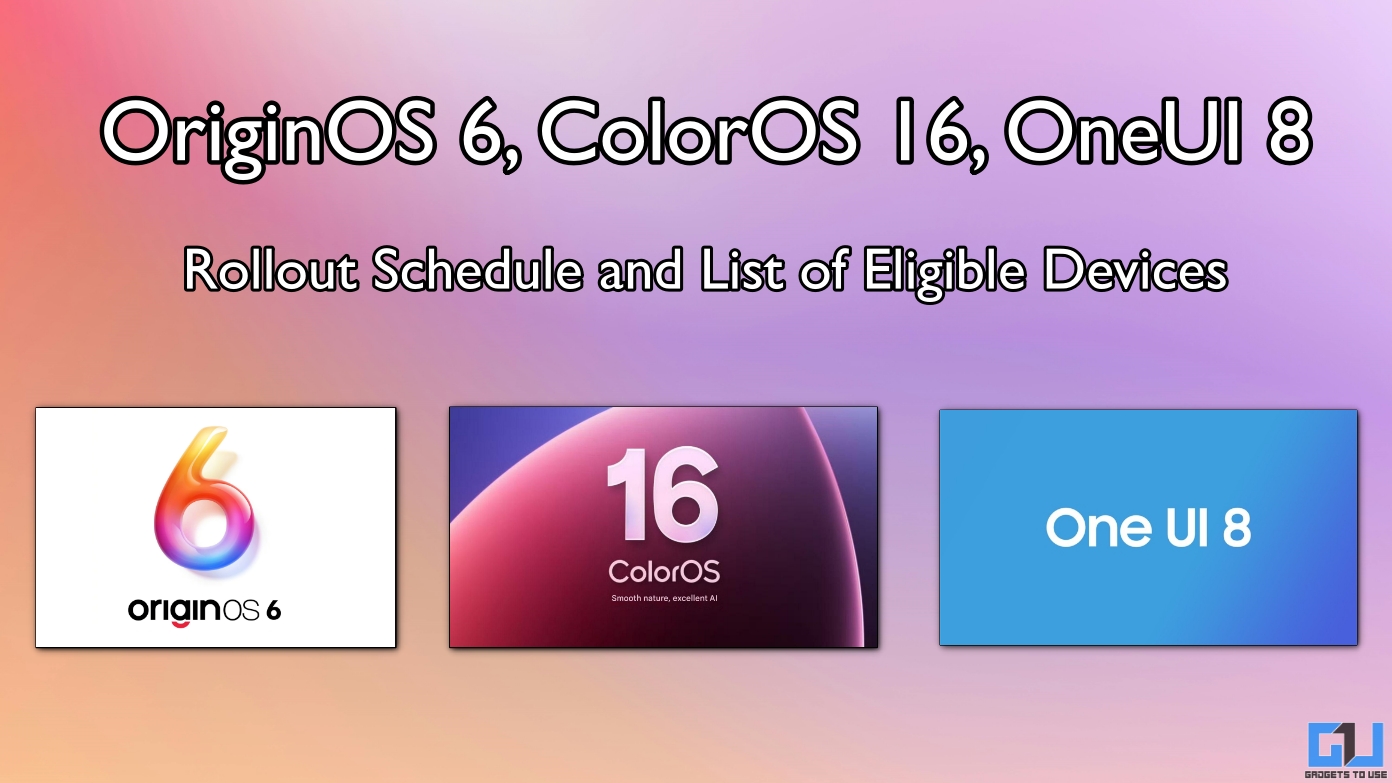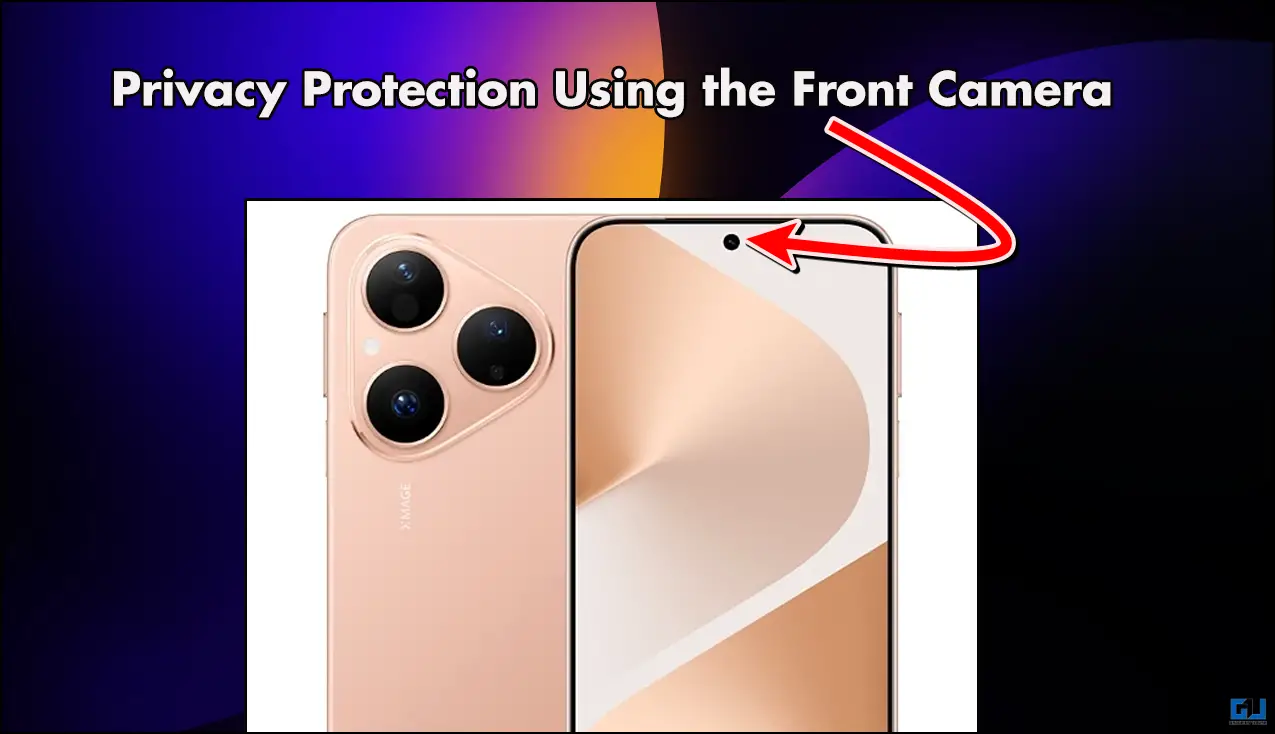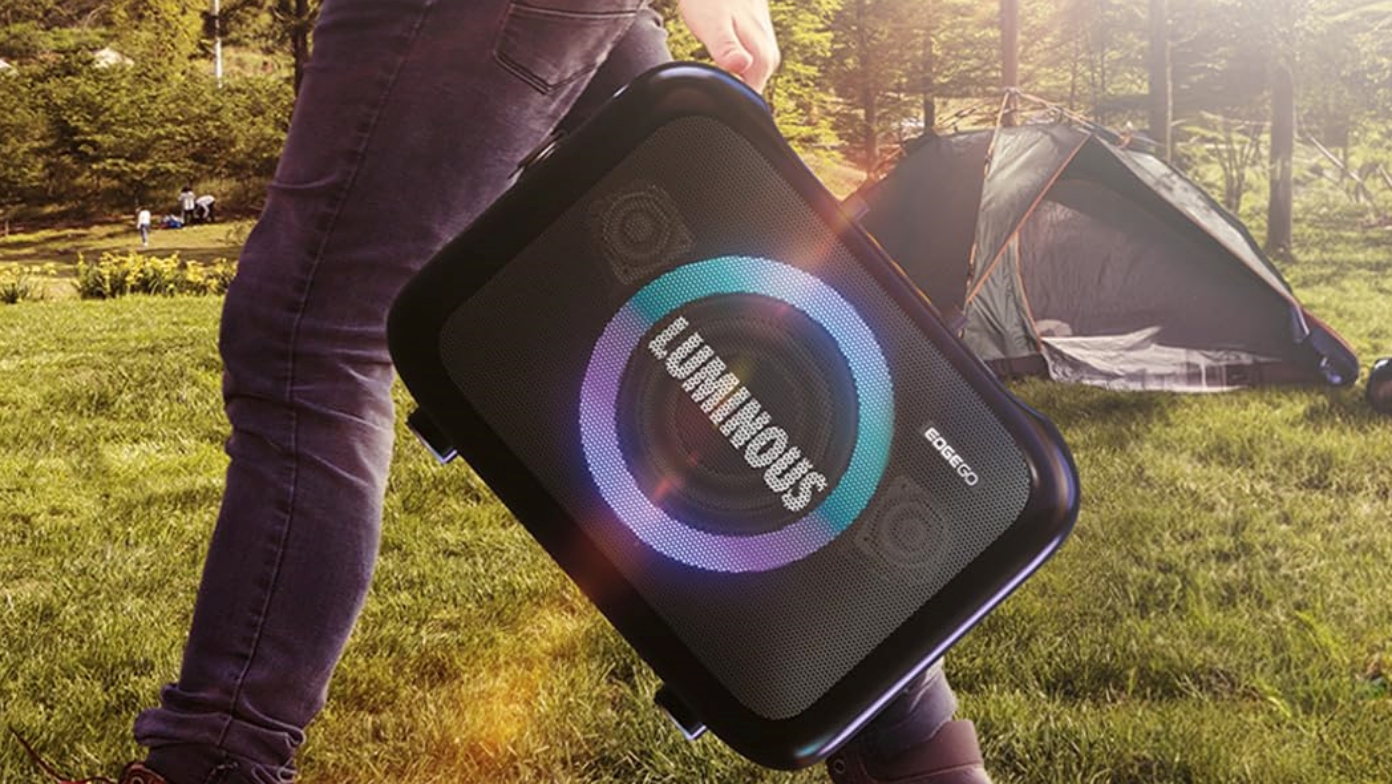Quick Answer
- Shake detecting sensors( Gyro -sensors) are used, which transmit this information to a microcomputer which in turn converts them into the Drive signal which ultimately moves the lens Assembly to correct the image project on the sensor before it is converted to digital format and thus off-sets your motion.
- Now when you shift the image you need to fill in the shifted area and for that you need to have a bigger CCD or provide some area in the existing CCD to capture image for off screen purposes.
- Electronic image stabilization works on a completely different principle and in this technique the problem is solved at programming level after the optical signal has been converted to a digital signal.
Image stabilization constitutes a series of technology used to rectify the blurring motion of the camera ,sourcing from inevitable vibrations due to motion of camera while taking shots. If your camera is still (which it probably won’t in case of your Smartphone) this problem can also result from low shutter speed or with less focal length lens. Big brands like Nokia, HTC and Samsung are not willing to compromise on Camera quality, specially on their High-end devices.This makes Image Stabilization feature a high priority.
While handholding your camera device there will be inevitable blur. Image stabilization techniques will help you achieve fine details and compromise a little on your shutter speed. An image taken at 1/125 second speed with an ordinary lens could be taken at 1/15 or 1/8 second with an IS-equipped lens and produce almost the same quality. Stabilization techniques can be broadly classified into two types based on their implementation: lens based and body based stabilization.
Let’s first discuss what happens when you click an Image. The light rays pass through an array of lens and forms an image on an optical sensor which converts it to digital parameters.
Optical image stabilization (OIS)
In this technique the image is stabilized by varying the optical path of the sensor. This is real time compensation and hence no alteration or image degradation takes place. The lens assembly is moved parallel to the image plane. Shake detecting sensors( Gyro -sensors) are used, which transmit this information to a microcomputer which in turn converts them into the Drive signal which ultimately moves the lens Assembly to correct the image project on the sensor before it is converted to digital format and thus off-sets your motion. This is the basic principle of all OIS techniques. Different companies have different names for their OIS Technology eg. PureView by Nokia, Ultrapixel by HTC, etc. Nokia made the first cell phone optical stabilized sensor built into Nokia Lumia 920. OIS is more popular in consumer camera devices because it works efficiently even in poor lighting conditions and you wont see degradation in image resolution as corrections are made prior to the signal conversion in digital format.
Electronic image stabilization (EIS)
Electronic image stabilization works on a completely different principle and in this technique the problem is solved at programming level after the optical signal has been converted to a digital signal.
Every camera has a Charge Coupled Device popularly known as CCD which is an array of several light sensors arranged in a grid. It captures the optical light and transmits the image for processing in the form of digital signals.
In EIS the processor breaks down the image in to small chunks and then compares it to the preceding frames. It determines whether the motion was a moving object or an unwanted shake and makes the required correction. Now when you shift the image you need to fill in the shifted area and for that you need to have a bigger CCD or provide some area in the existing CCD to capture image for off screen purposes. This might lead to image degradation; however the effect is fairy less when your camera device has fairly large resolution.
EIS is a fairy efficient technology but there are some catches. Over the years better algorithms have been made to give better accuracy but there has always been a problem of differentiating intended tilt and camera motion with the unwanted one, especially when you zoom in on the focused objects. When you zoom in on a moving object and it takes too much of the frame space it may look as if the object is stable and you are moving. Nowadays electronic stabilizers measure camera motion rather than image shaking to compensate shaking.
Advantages and disadvantages
Main advantage of OIS is that there is no image degradation as necessary compensations are made before optical signal is fed to the CCD. But the hardware for mechanical motion of lenses buts a strain on your battery backup and also adds to the weight of the device.
EIS has become quite popular these days because of they are light and less expensive and with improvement in algorithms used for stabilization image degradation is minimal. But at low resolutions and in poor lighting conditions, you might see significant degradation.
With consumer electronic devices which don’t have a very high resolution , like your Smartphone’s or low resolution Camcorders, OIS is more effective technique and also out performs EIS in dimly lit areas.
Optical Image Stabilization [Video]













